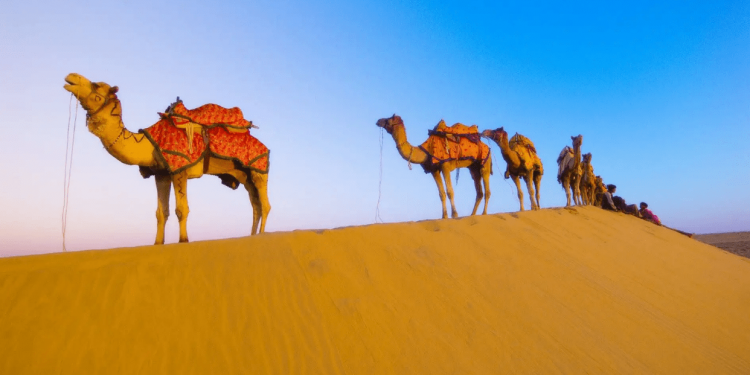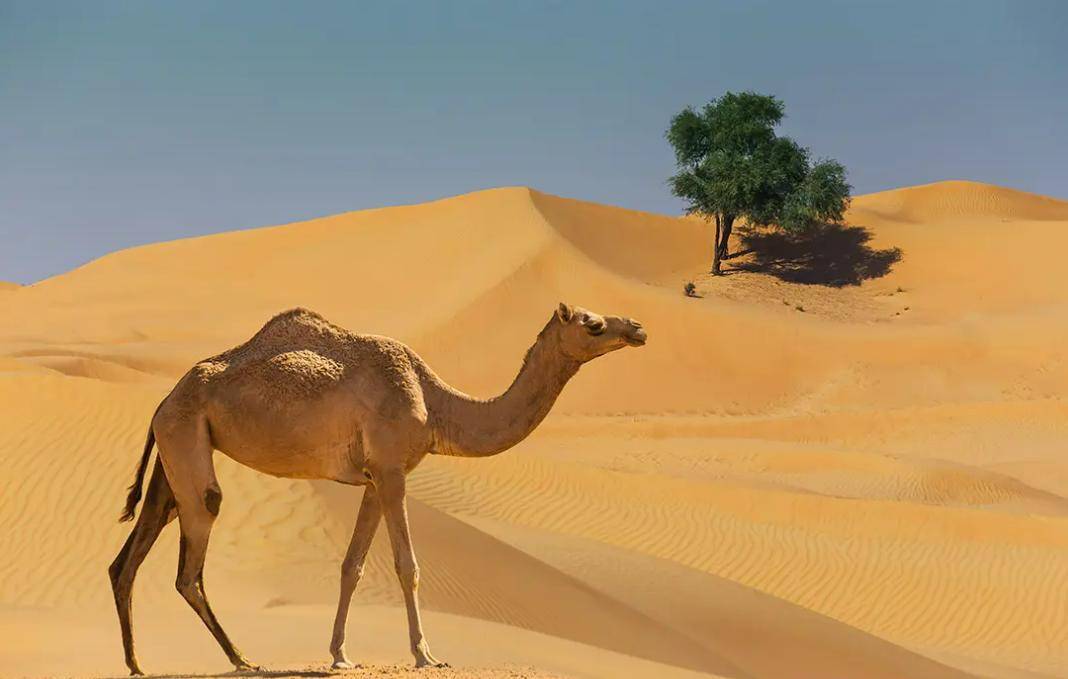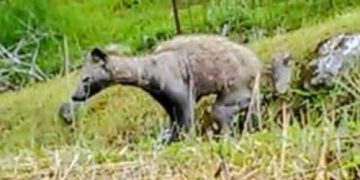Why do camels have no natural enemies? We all know that the desert is almost the “forbidden zone of life” on the earth. Above the desert, the barren land and the lack of water make this yellow sand sea a blank area for life.
But in the desert, you can see such a creature that walks in it all year round, and that is the camel. Whenever a camel is mentioned, people cannot do without praise for its tenacious vitality. In the desert, the camel is undoubtedly the strongest “walker”.
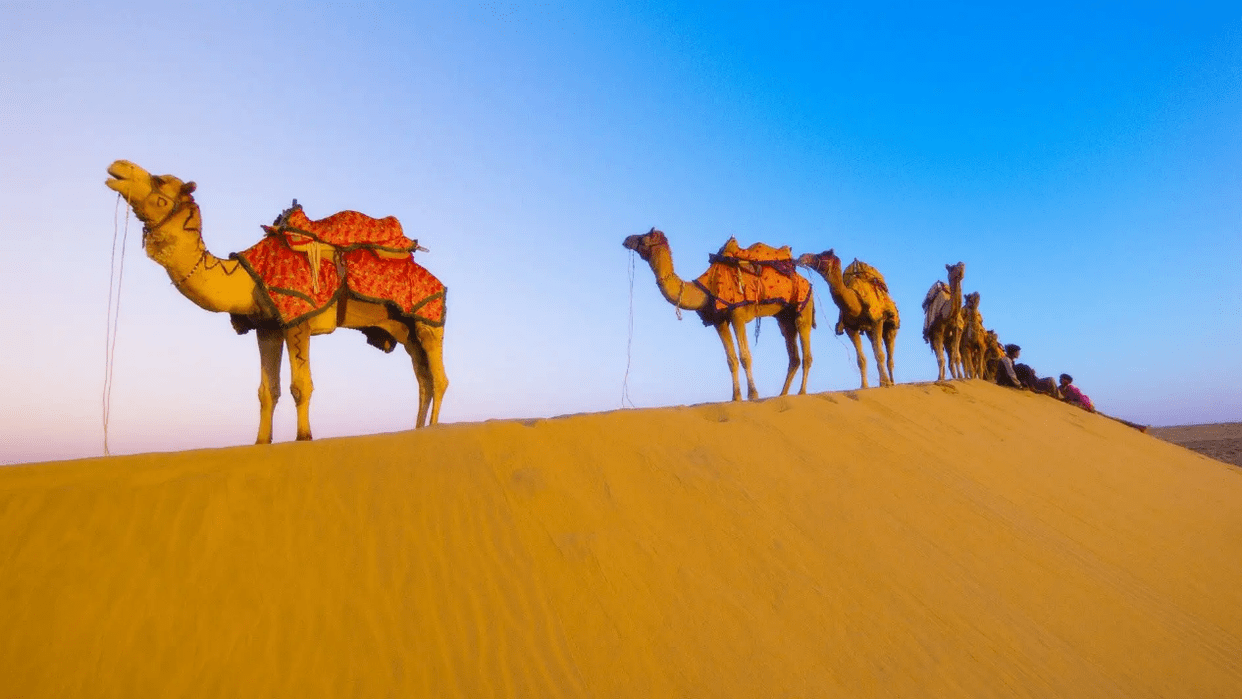
Apart from the drought-tolerant feature of camels, did you know that camels are actually animals with almost no natural enemies? In our ecosphere, every creature has its own natural enemies, even the 5-ton elephant, so why is the camel a special case?
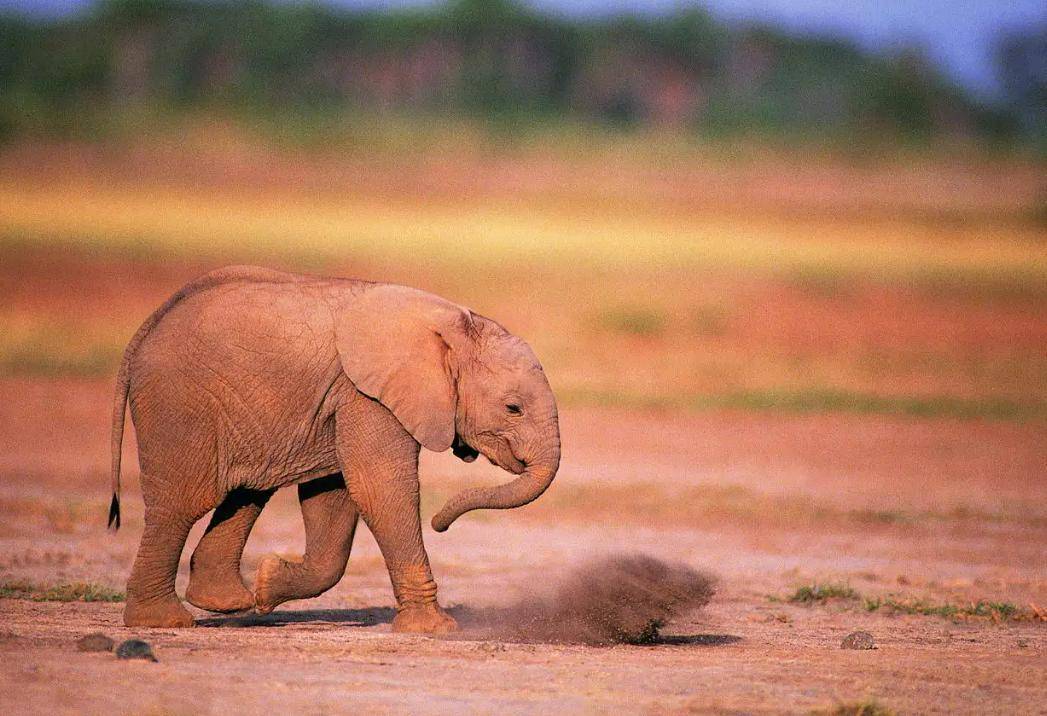
Do you really know camels?
In fact, mentioning the camel, we don’t seem to know much about the camel except for its unique appearance and drought-resistant characteristics.
Because we are not often able to touch them in our lives, we often automatically ignore the existence of camels. But in fact, this “desert walker” is much more complicated than we imagined. There is also a lot of knowledge that people have never understood on camels.
Camels are the mammals that are most able to adapt to the climate and ecological environment of desert areas on the earth. All of this is due to the unique body functions that camels have evolved over millions of years. All the special appearances of camels seem to be born to adapt to the desert environment.
If you have observed a camel, you will find that the camel is actually a “monster”. Generally, the shoulder height of a camel can reach 1.85 meters, and if the hump is added, it can reach an astonishing 2.15 meters.
In addition, camels are generally “thick-skinned”. The camel’s own skin is actually extremely thick. This is because the camel’s skin needs to provide heat insulation for the camel itself and resist the impact of wind and sand.
On the face of a camel, there are usually extremely long eyelashes. Generally speaking, the camel’s eyelashes can grow to a length of more than 10 centimeters. This is because the camel’s eyelashes have to take on the important function of “blocking wind and sand”.
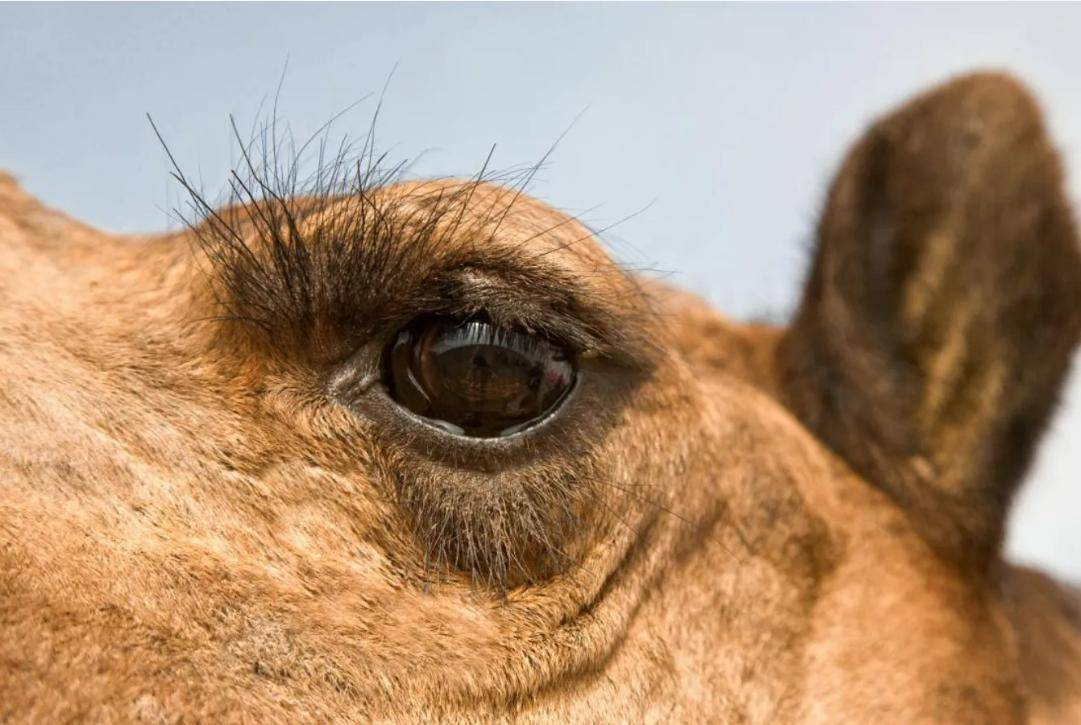
The camel’s nose also has its special structure. Inside the nose, there are usually tiny curved airways. When water is consumed, the water vapor can be dried and retained in the body. In addition, camels have particularly large feet, which are also evolved because they can walk better in sand.
We all know that there is usually an extreme lack of water in the desert, so the digestive system inside the camel itself is also extremely special.
Camels are generally able to drink water for a long time, and this process can even last for tens of minutes. When the camel is full, the water can continue to be stored in the body for the camel’s subsequent needs.
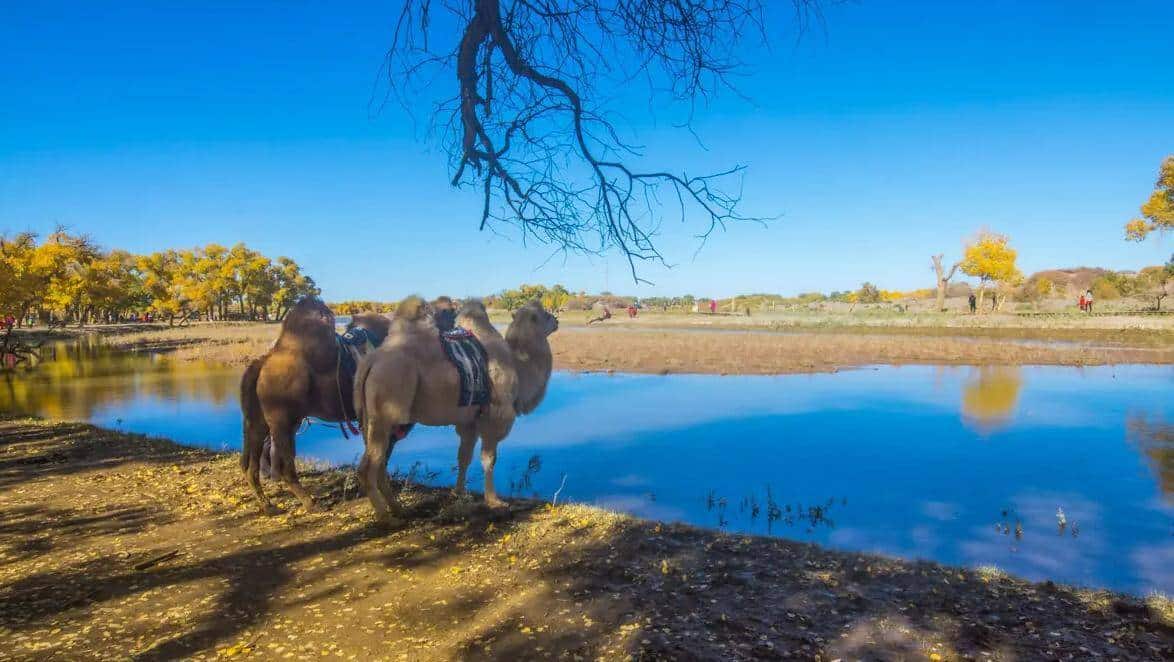
Therefore, camels can actually go 10 consecutive days without drinking water in the desert. In addition, there is one of the most notable features on camels, which is the “hump”. The existence of the hump can help store fat and provide assistance for the camel to walk in the desert. It is the most indispensable part of the camel.
Of course, there is one more amazing thing about camels, that is, camels are actually a rare species, and the number is so small that it has even reached the endangered level.
According to data, in 2006 in my country, there were only about 500 Bactrian camels left, and in the world, the total number of Bactrian camels did not exceed 800. It can be seen that the camel is actually a very precious animal.
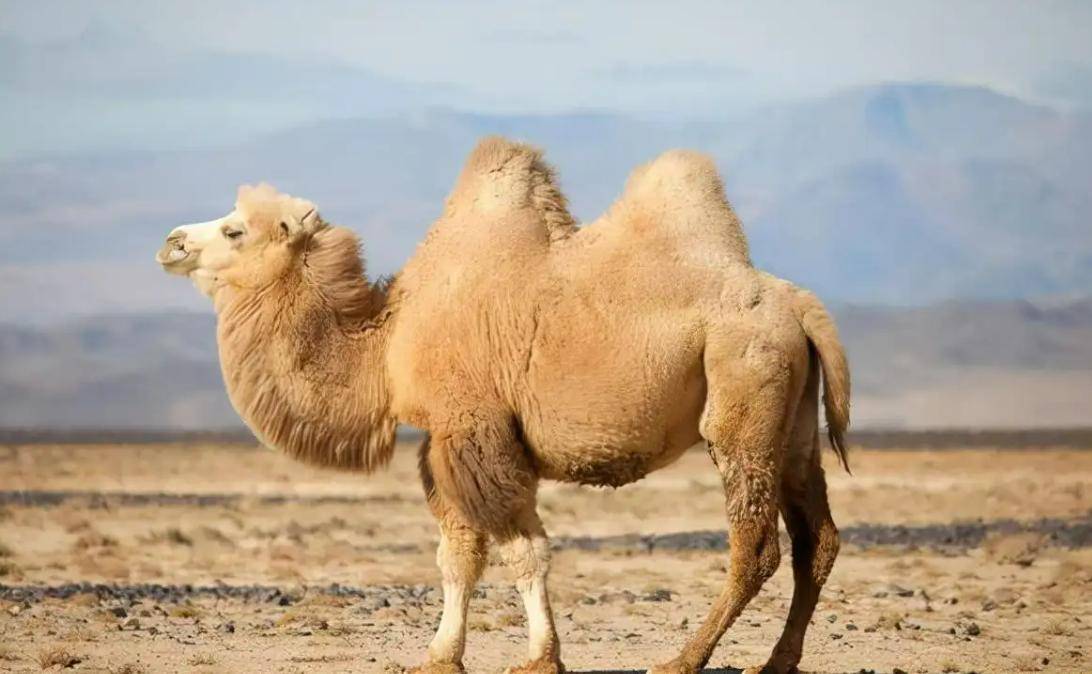
Do camels really have no natural enemies?
Due to the particularity of the camel’s range of activities, it is difficult for people to think of any natural enemies for camels in the desert. The desert environment is harsh, and it has very few large creatures. Except for camels, there seems to be no other creatures that can rival camels.
So is this really the case? Do camels really have no natural enemies?
In fact, even the camel as the “ship of the desert” has its natural enemies.
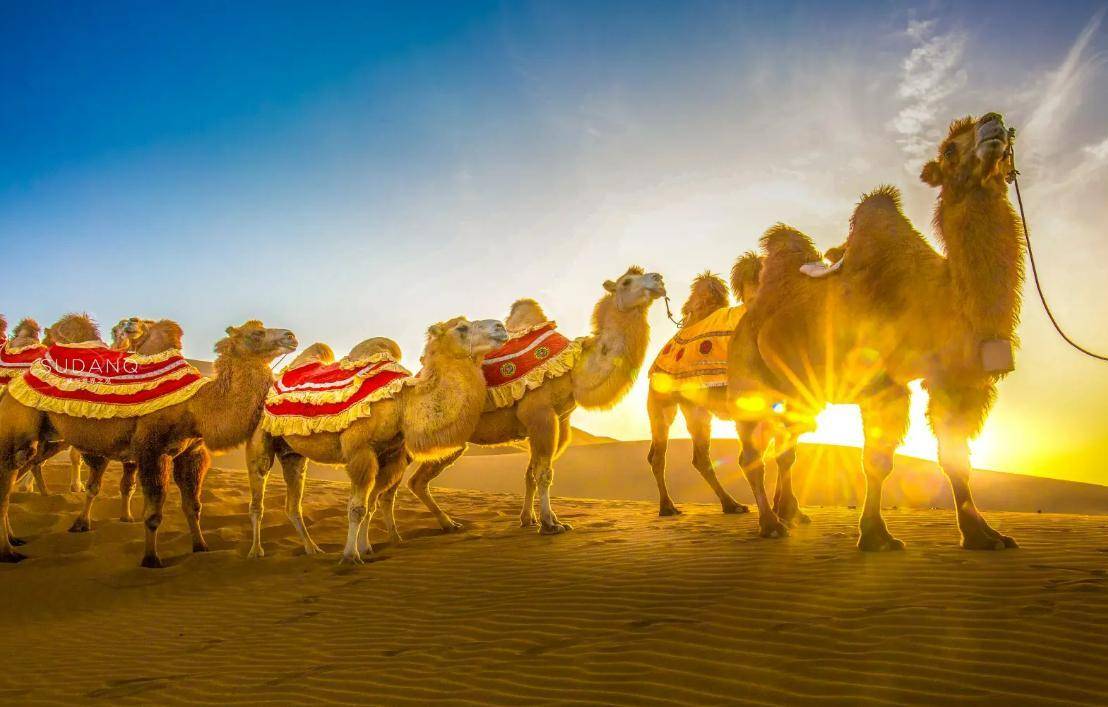
This animal is a “wolf”. Although many creatures in the desert cannot survive for a long time, wolves actually have a place in the desert ecological chain.
As a carnivore, wolves are extremely lethal. Even camels are classified as desert recipes by it.
The reason why we seldom see camels dying at the mouth of wolves is that in the desert, due to the prevailing wind and sand all year round, the remains of camels are easily covered by wind and sand, so many people think that camels have no natural enemies in the desert.
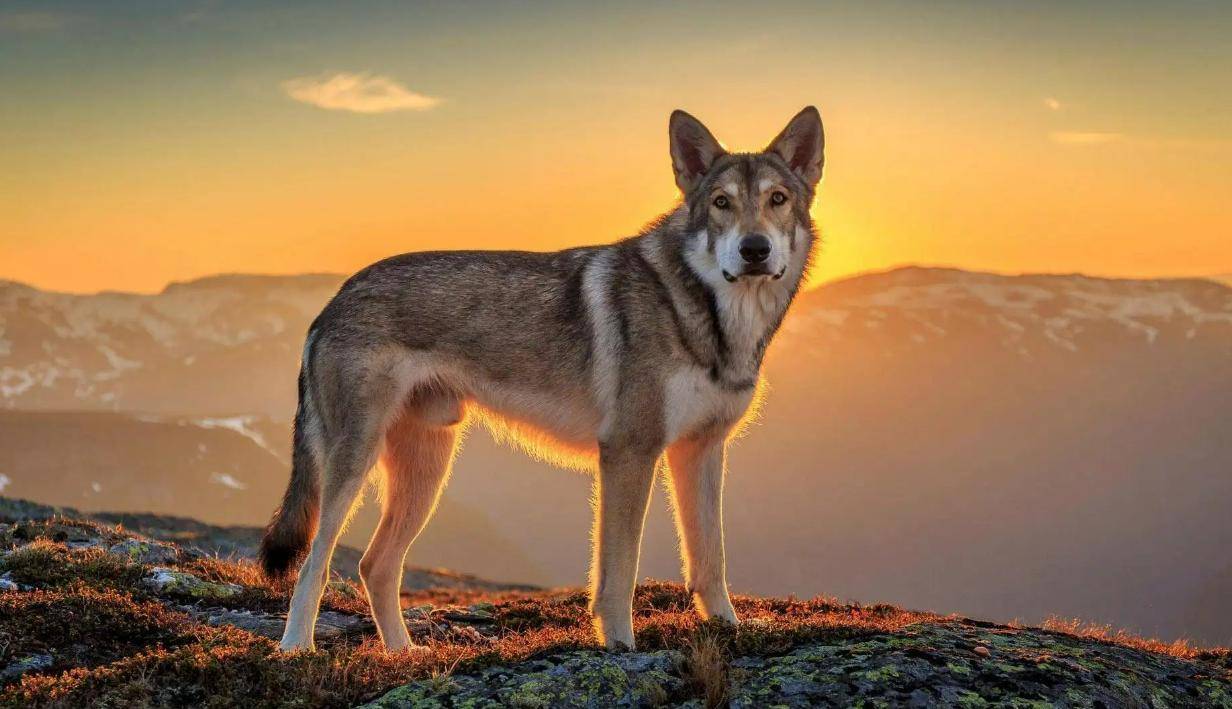
And because people seldom go to the depths of the desert, the picture of wolves preying on camels is rarely seen by us.
In addition, in recent years, the number of wild camels has actually been decreasing, and the reduction in the number of camels has also led to fewer and fewer “wolves eating camels”. Naturally, many people are even more unable to capture the picture of camels being eaten.
Another point is that the reason why camels have been eaten less by wolves in recent years is mainly because wolves have been hunted by humans for a long time, and the number of wolves has dropped sharply.
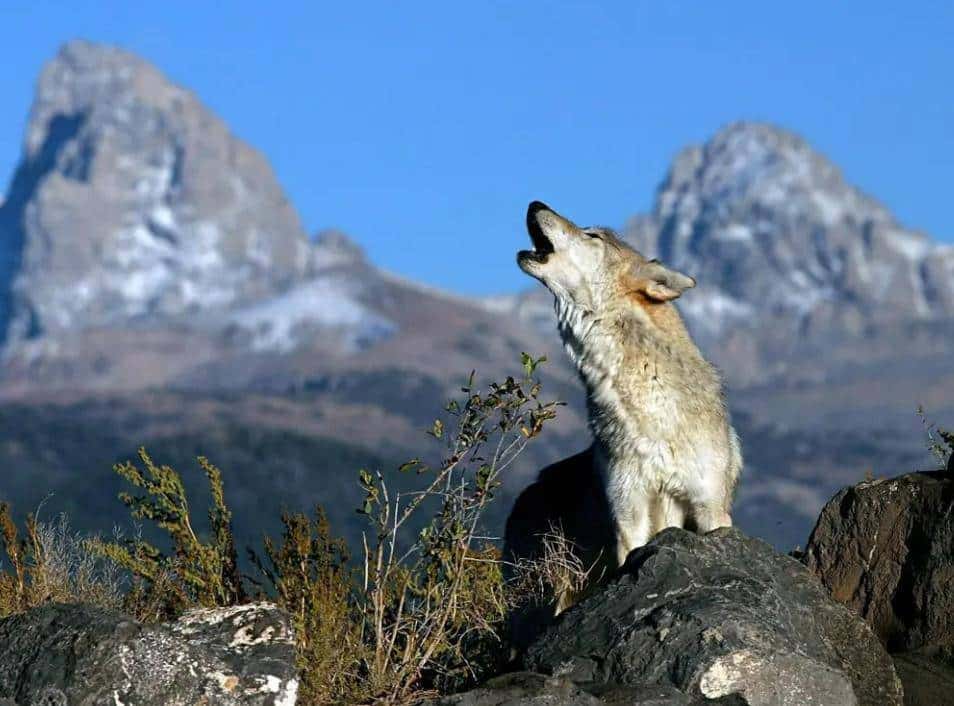
In the desert, wolves also exist as a dangerous creature to humans, so when people see wolves, if they cannot escape in time, they can only kill the wolves directly, so the impact of humans on the ecological chain in the desert is also extremely influential.
On the other hand, camels are of great help to humans. Many camels do not walk alone in the desert. They are often accompanied by homeless people living near desert areas. Once a wolf is found, the people around them will help the camel directly. Solve with weapons.











